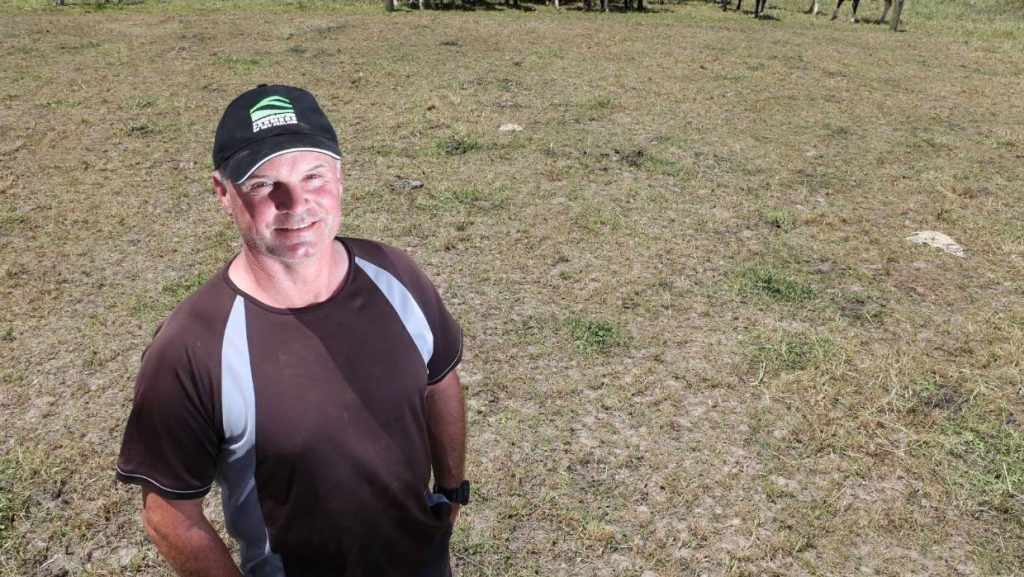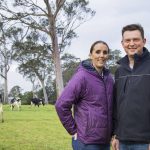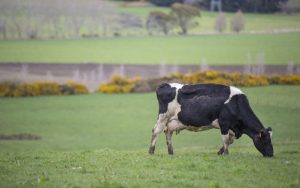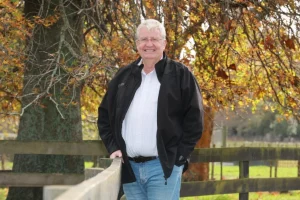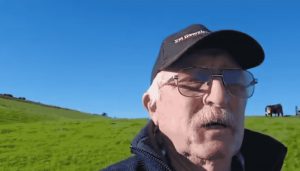
The Waikato Regional Council will decide in early 2020 whether to go ahead with Healthy Rivers plan change 1, which will put new rules in place with the aim of restoring and protecting the Waikato and Waipa Rivers for generations to come.
Around the same time at a national level, central government will finalise its freshwater reforms following the public meetings in September and October.
Waikato Federated Farmers president Andrew McGiven said 2020 was already looking “pretty busy”.
While the two freshwater reform packages are largely aligned, a major difference is the Government’s proposal to make the Waihou-Piako catchment a priority. If this goes ahead, the Waikato Regional Council will have to add this catchment to the plan change, which it had planned to delay until the Waikato and Waipa catchments were more advanced in the plan change.
This could put further strain on its resources, having called the Government’s proposals unaffordable and unworkable in November.
The clock was also beginning to tick on industry groups to develop an alternative pricing mechanism for its greenhouse gasses separate from New Zealand’s Emissions Trading Scheme (ETS) following the passing of the Zero Carbon Bill.
This mechanism had to be developed and agreed upon by industry groups and companies with different structures ranging from co-operatives like Fonterra to private owned businesses like Affco and ANZCO.
These groups all had their own conflicts and interests.
“You think they are all aligned but unfortunately they are not in many cases,” McGiven said.
If this is not established, agriculture will be folded into the ETS by default in 2025 – a “backstop” measure neither the Government nor the sector wants to use. It could even be brought in as early as 2022 if the Government at that point felt agriculture was not moving fast enough.
“Half of the problem is how do we measure it and what are we measuring. The tools still aren’t there to mitigate any methane emissions and how do we measure it properly?”
It was also an election year and McGiven said it will be interesting to see what policy gets pushed forward and what promises are made.
“There will be a bit of both.”
It is not all doom and gloom with farmers enjoying outstanding returns for meat and dairy products in 2019 with those prices expected to continue into the new year.
While dairy prices fell in the final Globaldairytrade auction of 2019, values had largely risen since August. In early December, Fonterra gave farmers an early Christmas present when it lifted its milk price by 25 cents to a mid point forecast of $7.30/kg milk solids.
Meat prices have also continued to climb largely due to demand in China because of the African swine fever outbreak in China, up 4.8 per cent in the September 2019 quarter, according to Statistics New Zealand.
It had also been an outstanding farming season so far thanks to periodic rain over the first half of summer, he said.
“It’s been probably the best season that I can remember so far for at least the last 10 years with the winter and the spring we have had. We’ve had the rain at the right times too.”
He was, however wary how fast that could change in January with soil moisture levels capable of being decimated by a spell of hot weather and wind.
